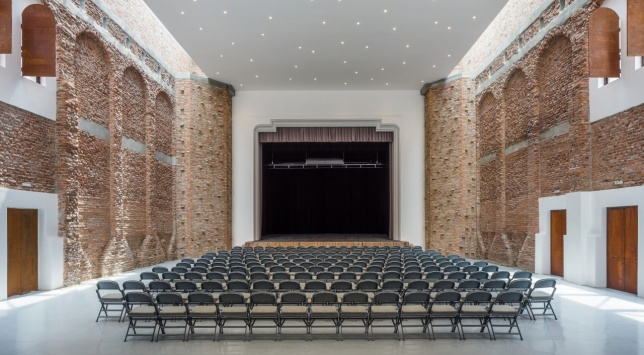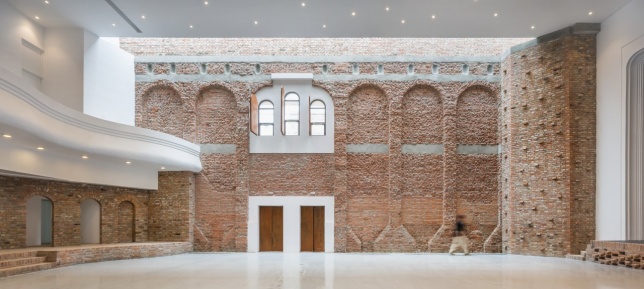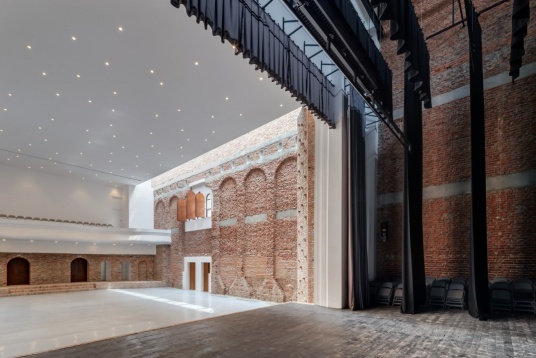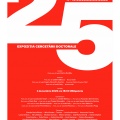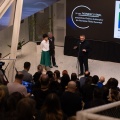HISTORY
Vlad Sebastian Rusu is an architect and lecturer at the Faulty of Architecture and Urbanism in Cluj. He opened his architecture office in 2008, having numerous design projects and researches regarding urban and architectural heritage, awarded with national and international prizes.
ROMANIAN DESIGN WEEK APPEARENCES
2017// Cultural Palace Blaj
The Cultural Palace, located in the historic center of Blaj, Romania, was designed in the year 1930 by the Bucharest architect Victor Smigelschi, and its primary purpose was to host Transylvanian's Association for Romanian Literature and Romanian People's Culture (A.S.T.R.A.) events. The first changes to the original design were to building’s main hall and these were made in the early 1960’s to accommodate a new function as the city’s cinema. In the winter of 1995 a significant fire burnt down most of the building, severely damaging the roof and the interior space of the main hall. It remained a ruin until 2012, when the municipality initiated a project for the rehabilitation and refunctionalization of the Palace. The building would be redesigned to incorporate a flexible multipurpose hall, which could be lit both artificially and by daylight, and which could host a wide variety of cultural events such as concerts, galas, theater plays, conferences, exhibitions etc.
Vlad Sebastian Rusu is an architect and lecturer at the Faulty of Architecture and Urbanism in Cluj. He opened his architecture office in 2008, having numerous design projects and researches regarding urban and architectural heritage, awarded with national and international prizes.
ROMANIAN DESIGN WEEK APPEARENCES
2017// Cultural Palace Blaj
The Cultural Palace, located in the historic center of Blaj, Romania, was designed in the year 1930 by the Bucharest architect Victor Smigelschi, and its primary purpose was to host Transylvanian's Association for Romanian Literature and Romanian People's Culture (A.S.T.R.A.) events. The first changes to the original design were to building’s main hall and these were made in the early 1960’s to accommodate a new function as the city’s cinema. In the winter of 1995 a significant fire burnt down most of the building, severely damaging the roof and the interior space of the main hall. It remained a ruin until 2012, when the municipality initiated a project for the rehabilitation and refunctionalization of the Palace. The building would be redesigned to incorporate a flexible multipurpose hall, which could be lit both artificially and by daylight, and which could host a wide variety of cultural events such as concerts, galas, theater plays, conferences, exhibitions etc.
















